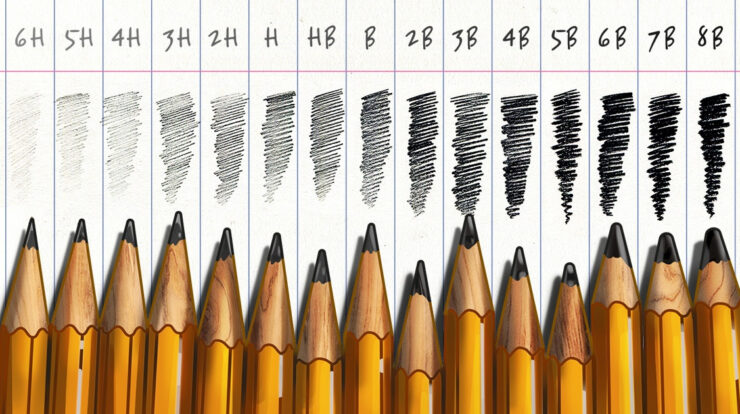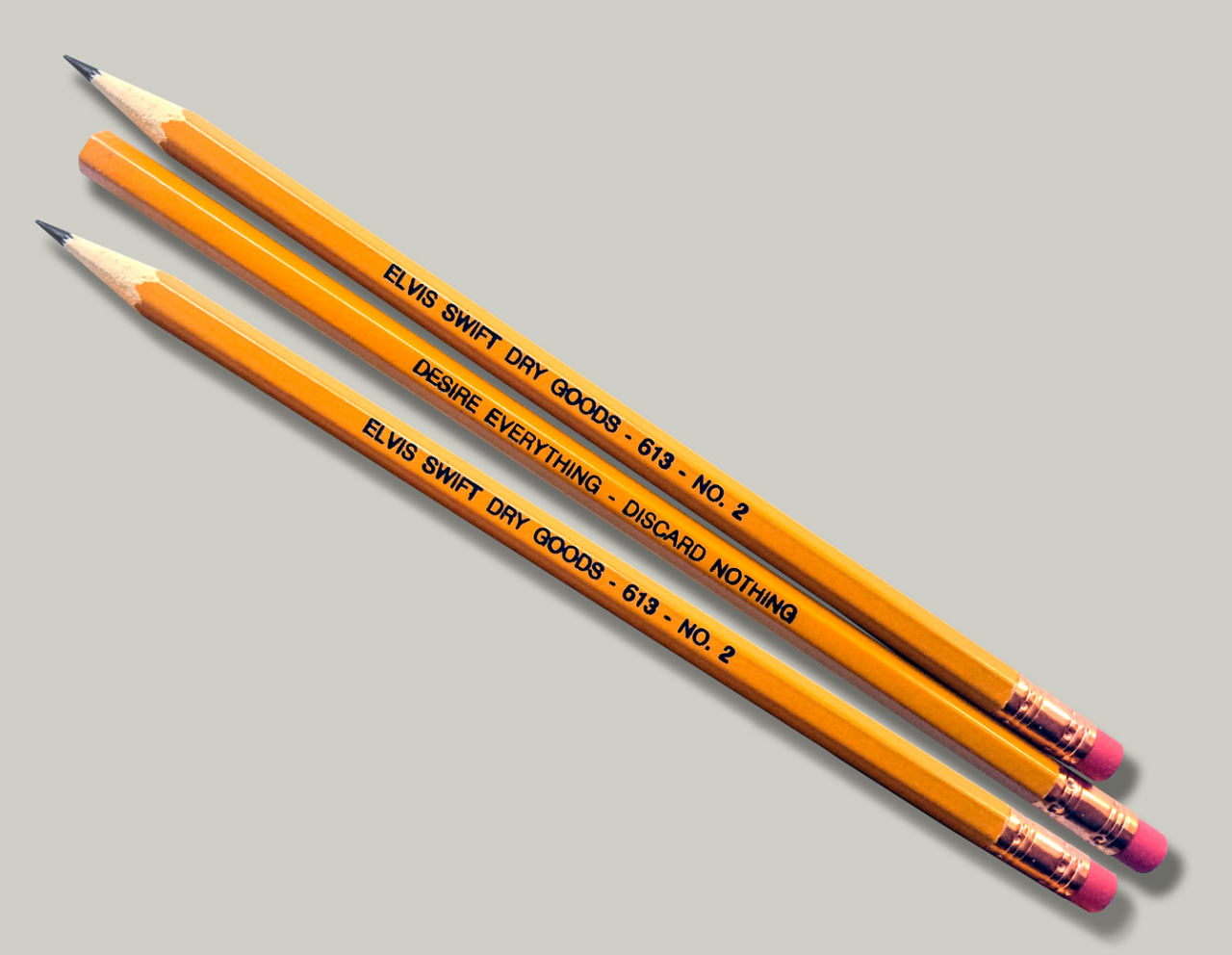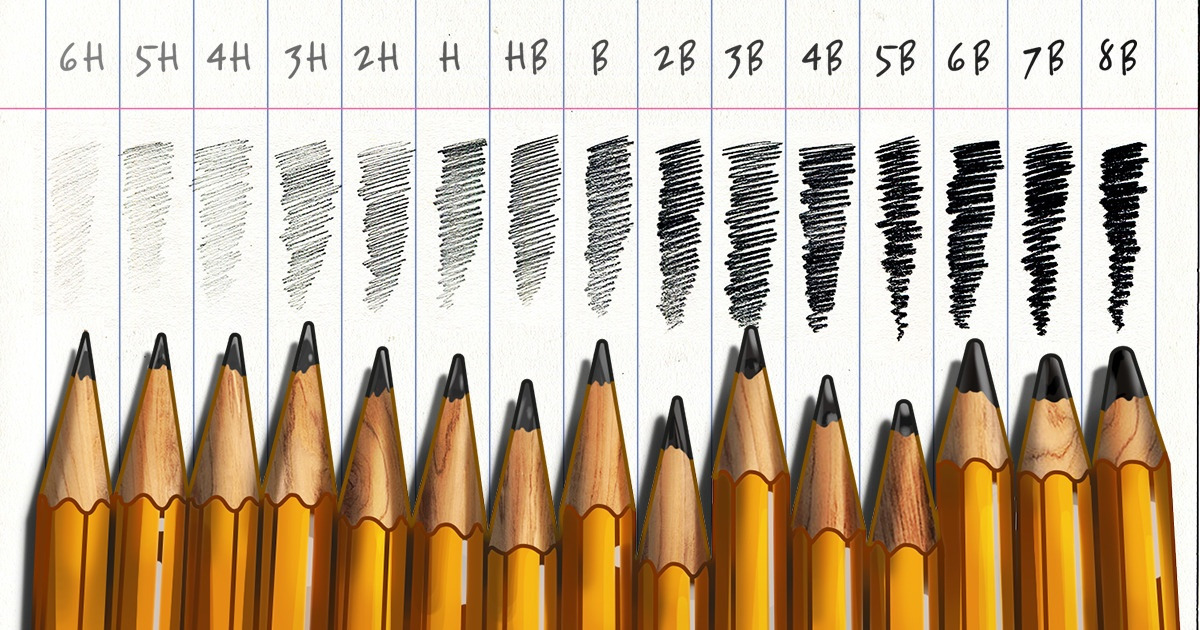
Unveiling the pencil meaning, this writing instrument has evolved from its humble origins to become an indispensable tool in various fields, from education to art and design. Join us as we delve into the fascinating world of pencils, exploring their types, construction, techniques, and cultural significance.
Whether you’re a budding artist or a seasoned writer, pencils offer a unique combination of versatility and precision, making them a beloved choice for creative expression and everyday writing tasks.
Pencil Meaning
A pencil is a writing instrument consisting of a narrow, solid cylinder of graphite or other material enclosed in a protective casing. Pencils are used for writing, drawing, and sketching. They are typically made of wood, but can also be made of plastic, metal, or other materials.
Definitions and Etymology
The primary definition of “pencil” is a writing instrument consisting of a narrow, solid cylinder of graphite or other material enclosed in a protective casing. The secondary definition is a drawing or sketch made with a pencil.
The word “pencil” is derived from the Latin word “penicillus,” meaning “a small brush.” This is because the first pencils were made of brushes made from animal hair.
Types of Pencils: Pencil Meaning
There are many different types of pencils, each with its own unique characteristics and uses.
- Graphite pencilsare the most common type of pencil. They are made of a mixture of graphite and clay, and they come in a variety of hardness grades.
- Charcoal pencilsare made of pure charcoal. They are very soft and produce a dark, rich line.
- Colored pencilsare made of a mixture of wax and pigment. They come in a wide variety of colors and can be used to create beautiful works of art.
Pencil Construction
A pencil consists of three main parts: the core, the casing, and the eraser.
The core is the central part of the pencil and is made of graphite or other material. The casing is the protective layer that surrounds the core and is typically made of wood, plastic, or metal. The eraser is a small piece of rubber that is attached to the end of the pencil and is used to remove marks.
Pencil Techniques
There are many different pencil techniques that can be used to create a variety of effects.
- Shadingis a technique that is used to create areas of light and dark. This can be done by varying the pressure of the pencil on the paper.
- Blendingis a technique that is used to smooth out transitions between different shades of pencil. This can be done by using a blending stump or a tortillon.
- Cross-hatchingis a technique that is used to create texture and depth. This is done by drawing a series of intersecting lines.
Pencil in Art and Design

Pencils are a versatile tool that can be used for a variety of art and design projects.
Pencils are commonly used for sketching, drawing, and illustration. They can also be used to create more complex works of art, such as paintings and sculptures.
Pencil in Education and Writing
Pencils are an essential tool in education and writing.
Pencils are used by students of all ages to learn to write and draw. They are also used by teachers to write on whiteboards and blackboards.
Pencil as a Cultural Icon
Pencils are more than just a writing instrument. They are also a cultural icon.
Pencils have been featured in popular culture for centuries. They have been used in movies, television shows, and books. Pencils have also been used to create iconic works of art.
Environmental Impact of Pencils
The production and disposal of pencils can have a negative impact on the environment.
The mining of graphite and other materials used to make pencils can damage the environment. The manufacturing process of pencils can also release harmful pollutants into the air and water. The disposal of pencils can also contribute to landfills.
End of Discussion

In conclusion, pencils are not merely writing utensils but rather multifaceted tools that have left an enduring mark on art, education, and popular culture. As we continue to embrace the digital age, the pencil remains an essential companion, reminding us of the enduring power of simplicity and the joy of putting pen to paper.
Question Bank
What is the etymology of the word “pencil”?
The word “pencil” originates from the Latin word “penicillus,” meaning “small tail” or “brush,” reflecting its historical use as a small brush for writing and drawing.
What are the different types of pencils based on their composition?
Pencils are primarily categorized based on their core composition, including graphite, charcoal, and colored pencils. Each type offers unique characteristics and is suited for specific purposes.
How are pencils manufactured?
Pencil manufacturing involves several stages, including the preparation of the core material, encasing it in a protective casing, and attaching an eraser. The process ensures durability and ease of use.
What are some common pencil drawing techniques?
Pencil drawing techniques include shading, blending, and cross-hatching, allowing artists to create a wide range of tones, textures, and effects.
What is the significance of pencils in education?
Pencils play a crucial role in early childhood development, fostering fine motor skills, hand-eye coordination, and creativity. They remain an essential tool for writing, note-taking, and problem-solving throughout the education system.





